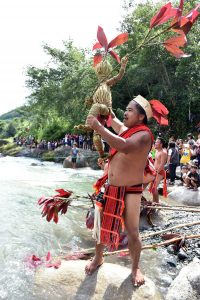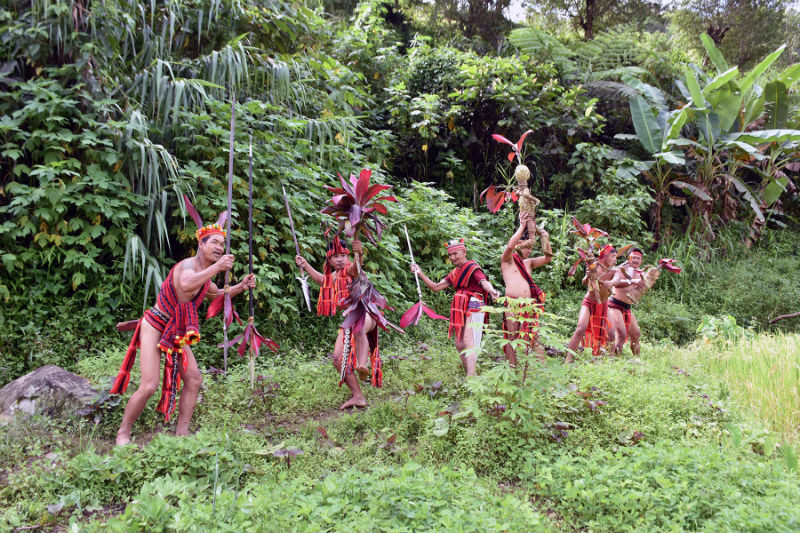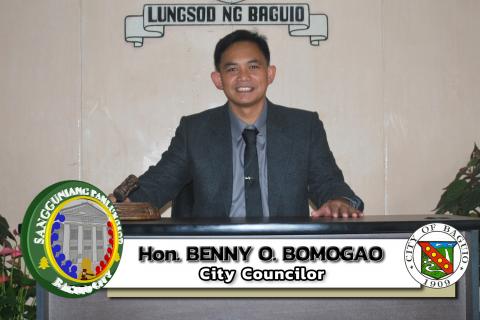
Vibrant red colors of wano and tolge (g-string and skirt) once again accent the green rice fields of barangays Hapao, Ba-ang, and Nungulunan in the municipality of Hungduan in Ifugao as men, women, old, and young chant and play games in thanksgiving for the bountiful harvest.
One of the salient features of the Ifugao way of life is its connection to agriculture. Their celebrations, beliefs, and rituals such as the punnuk revolve around the agricultural rice cycle.
More than just the festivity
Beyond the crowd of tourists and the festivity, the Punnuk is part of an intricate two-day ritual or the huwah hosted by the dumupag or the family that has been given the social responsibility to do the rituals.
The huwah marks the culmination of the agricultural rice cycle. It starts with the bakior ritual performed by the Mumbaki(native priest) and the inum di baya or drinking of the rice wine. The first day of the huwah also includes the declaration of the tungo or rest after the tedious harvest.
Following the baki and the inum di baya is the punnuk which is performed during the second day of the huwah. The three barangays of Hapao, Ba-ang, and Nungulunan converge at the ninhipukana or the point where the stems of the river acting as natural boundary of the three barangays meet.
Cheerful chants, friendly taunts, and various indigenous games such as the bultung(wrestling) and guyyudan(tug-of-war) all held in the river highlight the punnuk.
Monalisa Uyammi Bimuyag, the dumupag of the annual punnuk, explained “nan belief mi ta nu umeka di way water yami anudan amin nan bad luck (our belief is that when you go to the river, bad luck will be washed away)”.
Also part of the punnuk is the throwing of the kina-ag, a human-like figure made of rice straw and indigenous materials, together with a sacred plant called the dongle into the river.
Councilor Pablo Cuyahon said this signals downstream communities that harvest is over and people can come over to trade goods.
A community affair
Punnuk and the whole of the harvest seasoninvolves not only the dumupag but also the participation of the community.
From harvesting until the punnuk, there are certain rules to be followed.
Bimuyag shared that along with the declaration of harvest time is the laang. The laang, which prohibits anyone to harvest, is declared a day before the dupag.
The dupag is the time exclusively allotted for the dumupag to harvest. After the dumupag is done with the harvest, the umonub, one who has also a large rice field and identified through a ritual, harvests next. When the dumupag and the umonub are done with the harvest, the other rice field owners can then start harvesting.
Fish and shells are not to be eaten once the harvest time is announced. Bimuyag recalled how the elders have called upon and punished those who do not strictly follow.
“It is community affair because there is a need for community participation. It is, after all, for the benefit of all,” Bimuyag said.
Carrying on the tradition
Punnuk has been around for at least a thousand years but has only been revived 20 years ago.
Since then, the event gained increasing attention through the media and social media. Participation significantly increased with the addition of local and international spectators.
The Local Government Unit of Hungduan has stepped in to help organize the punnuk to further ensure community involvement and the continuation of tradition.
Department of Tourism (DOT) Secretary Bernadette Romulo-Puyat has also expressed support in the building of cultural center in the area to further preserve the punnuk and the culture of the people as a whole.
“As DOT Secretary, I am not only promoting the tourism but we really want to keep the culture and heritage intact,” Puyat said.
For the dumupag, the revival and promotion of the punnuk has come as a blessing, especially when it comes to improving community participation.
“It is an honor and I hope it will be continued. We are interested in doing it (punnuk) because it is a God-given responsibility that we do for the whole community,” Bimuyag said.
Threat of losing the Mumbaki
Mumbaki or the native priests play a very important role in Ifugao communities. They are considered indigenous knowledge holders with expertise in traditional rituals and indigenous knowledge and skills.
Despite their significance, the number of Mumbaki in Ifugao has dwindled over time and Hungduan is no exception.
Bimuyag, who is also the ritual holder, shared that losing the Mumbaki would greatly affect the continuation of the huwah and with it the punnuk.
“Nu maid hah munpaliyahya nu mate da mo nan old folks nga dati nga Mumbakiya maid mo nga talaga (If no one will be ordained and the old Mumbaki will die then there will be no baki or rituals).”
With the challenge of losing the Mumbaki, Bimuyag still hopes to see the youth support and continue the punnuk.
“Hiya’y bimangunan mi sunga kay ngay katatakut ngay nga odpon (It is how we prospered so it is frightening to just stop doing it).”
By Jamie Joie Malingan (PIA CAR)














